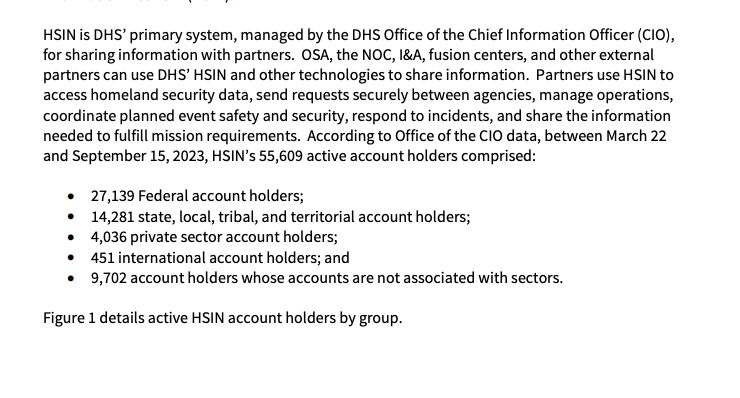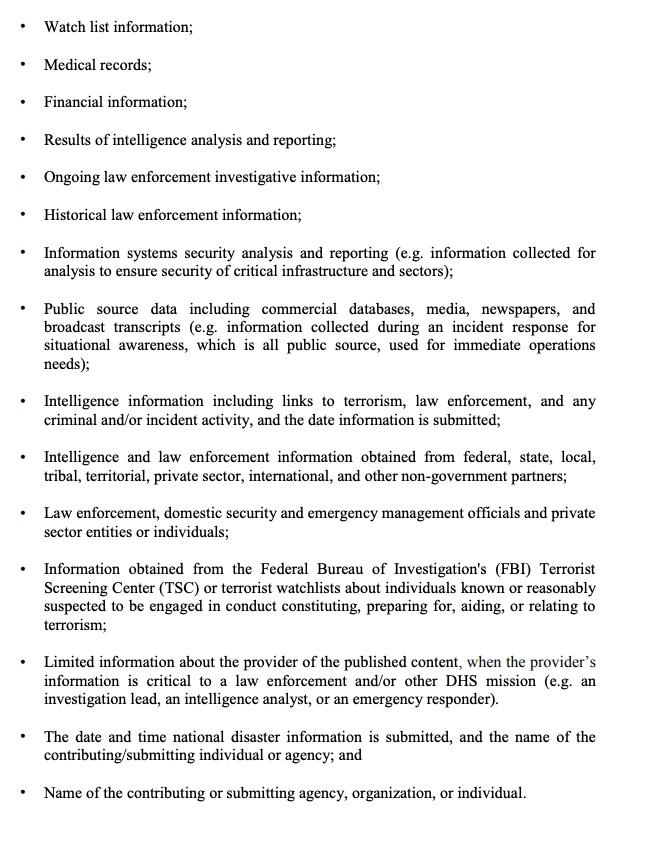Power Companies Are Using AI To Build Nuclear Power Plants

Microsoft and nuclear power company Westinghouse Nuclear want to use AI to speed up the construction of new nuclear power plants in the United States. According to a report from think tank AI Now, this push could lead to disaster.
“If these initiatives continue to be pursued, their lack of safety may lead not only to catastrophic nuclear consequences, but also to an irreversible distrust within public perception of nuclear technologies that may inhibit the support of the nuclear sector as part of our global decarbonization efforts in the future,” the report said.
The construction of a nuclear plant involves a long legal and regulatory process called licensing that’s aimed at minimizing the risks of irradiating the public. Licensing is complicated and expensive but it’s also largely worked and nuclear accidents in the US are uncommon. But AI is driving a demand for energy and new players, mostly tech companies like Microsoft, are entering the nuclear field.
“Licensing is the single biggest bottleneck for getting new projects online,” a slide from a Microsoft presentation about using generative AI to fast track nuclear construction said. “10 years and $100 [million.]”
The presentation, which is archived on the website for the US Nuclear Regulatory Commission (the independent government agency that’s charged with setting standards for reactors and keeping the public safe), detailed how the company would use AI to speed up licensing. In the company’s conception, existing nuclear licensing documents and data about nuclear sites data would be used to train an LLM that’s then used to generate documents to speed up the process.
But the authors of the report from AI Now told 404 Media that they have major concerns about trusting nuclear safety to an LLM. “Nuclear licensing is a process, it’s not a set of documents,” Heidy Khlaaf, the head AI scientist at the AI Now Institute and a co-author of the report, told 404 Media. “Which I think is the first flag in seeing proposals by Microsoft. They don’t understand what it means to have nuclear licensing.”
“Please draft a full Environmental Review for new project with these details,” Microsoft’s presentation imagines as a possible prompt for an AI licensing program. The AI would then send the completed draft to a human for review, who would use Copilot in a Word doc for “review and refinement.” At the end of Microsoft’s imagined process, it would have “Licensing documents created with reduced cost and time.”
The Idaho National Laboratory, a Department of Energy run nuclear lab, is already using Microsoft’s AI to “streamline” nuclear licensing. “INL will generate the engineering and safety analysis reports that are required to be submitted for construction permits and operating licenses for nuclear power plants,” INL said in a press release. Lloyd's Register, a UK-based maritime organization, is doing the same. American power company Westinghouse is marketing its own AI, called bertha, that promises to make the licensing process go from "months to minutes.”
The authors of the AI Now report worry that using AI to speed up the licensing process will bypass safety checks and lead to disaster. “Producing these highly structured licensing documents is not this box taking exercise as implied by these generative AI proposals that we're seeing,” Khlaaf told 404 Media. “The whole point of the lesson in process is to reason and understand the safety of the plant and to also use that process to explore the trade offs between the different approaches, the architectures, the safety designs, and to communicate to a regulator why that plant is safe. So when you use AI, it's not going to support these objectives, because it is not a set of documents or agreements, which I think you know, is kind of the myth that is now being put forward by these proposals.”
Sofia Guerra, Khlaaf’s co-author, agreed. Guerra is a career nuclear safety expert who has advised the U.S. Nuclear Regulatory Commission (NRC) and works with the International Atomic Energy Agency (IAEA) on the safe deployment of AI in nuclear applications. “This is really missing the point of licensing,” Guerra said of the push to use AI. “The licensing process is not perfect. It takes a long time and there’s a lot of iterations. Not everything is perfectly useful and targeted …but I think the process of doing that, in a way, is really the objective.”
Both Guerra and Khlaaf are proponents of nuclear energy, but worry that the proliferation of LLMs, the fast tracking of nuclear licenses, and the AI-driven push to build more plants is dangerous. “Nuclear energy is safe. It is safe, as we use it. But it’s safe because we make it safe and it’s safe because we spend a lot of time doing the licensing and we spend a lot of time learning from the things that go wrong and understanding where it went wrong and we try to address it next time,” Guerra said.
Law is another profession where people have attempted to use AI to streamline the process of writing complicated and involved technical documents. It hasn’t gone well. Lawyers who’ve attempted to write legal briefs have been caught, over and over again, in court. AI-constructed legal arguments cite precedents that do not exist, hallucinate cases, and generally foul up legal proceedings.
Might something similar happen if AI was used in nuclear licensing? “It could be something as simple as software and hardware version control,” Khlaaf said. “Typically in nuclear equipment, the supply chain is incredibly rigorous. Every component, every part, even when it was manufactured is accounted for. Large language models make these really minute mistakes that are hard to track. If you are off in the software version by a letter or a number, that can lead to a misunderstanding of which software version you have, what it entails, the expectation of the behavior of both the software and the hardware and from there, it can cascade into a much larger accident.”
Khlaaf pointed to Three Mile Island as an example of an entirely human-made accident that AI may replicate. The accident was a partial nuclear meltdown of a Pennsylvania reactor in 1979. “What happened is that you had some equipment failure and design flaws, and the operators misunderstood what those were due to a combination of a lack of training…that they did not have the correct indicators in their operating room,” Khlaaf said. “So it was an accident that was caused by a number of relatively minor equipment failures that cascaded. So you can imagine, if something this minor cascades quite easily, and you use a large language model and have a very small mistake in your design.”
In addition to the safety concerns, Khlaaf and Guerra told 404 Media that using sensitive nuclear data to train AI models increases the risk of nuclear proliferation. They pointed out that Microsoft is asking not only for historical NRC data but for real-time and project specific data. “This is a signal that AI providers are asking for nuclear secrets,” Khlaaf said. “To build a nuclear plant there is actually a lot of know-how that is not public knowledge…what’s available publicly versus what’s required to build a plant requires a lot of nuclear secrets that are not in the public domain.”
“This is a signal that AI providers are asking for nuclear secrets. To build a nuclear plant there is actually a lot of know-how that is not public knowledge…what’s available publicly versus what’s required to build a plant requires a lot of nuclear secrets that are not in the public domain.”
Tech companies maintain cloud servers that comply with federal regulations around secrecy and are sold to the US government. Anthropic and the National Nuclear Security Administration traded information across an Amazon Top Secret cloud server during a recent collaboration, and it’s likely that Microsoft and others would do something similar. Microsoft’s presentation on nuclear licensing references its own Azure Government cloud servers and notes that it’s compliant with Department of Energy regulations. 404 Media reached out to both Westinghouse Nuclear and Microsoft for this story. Microsoft declined to comment and Westinghouse did not respond.
“Where is this data going to end up and who is going to have the knowledge?” Guerra told 404 Media.
Nuclear is a dual use technology. You can use the knowledge of nuclear reactors to build a power plant or you can use it to build a nuclear weapon. The line between nukes for peace and nukes for war is porous. “The knowledge is analogous," Khlaaf said. “This is why we have very strict export controls, not just for the transfer of nuclear material but nuclear data.”
Proliferation concerns around nuclear energy are real. Fear that a nuclear energy program would become a nuclear weapons program was the justification the Trump administration used to bomb Iran earlier this year. And as part of the rush to produce more nuclear reactors and create infrastructure for AI, the White House has said it will begin selling old weapon-grade plutonium to the private sector for use in nuclear reactors.
Trump’s done a lot to make it easier for companies to build new nuclear reactors and use AI for licensing. The AI Now report pointed to a May 23, 2025 executive order that seeks to overhaul the NRC. The EO called for the NRC to reform its culture, reform its structure, and consult with the Pentagon and the Department of Energy as it navigated changing standards. The goal of the EO is to speed up the construction of reactors and get through the licensing process faster.
A different May 23 executive order made it clear why the White House wants to overhaul the NRC. “Advanced computing infrastructure for artificial intelligence (AI) capabilities and other mission capability resources at military and national security installations and national laboratories demands reliable, high-density power sources that cannot be disrupted by external threats or grid failures,” it said.
At the same time, the Department of Government Efficiency (DOGE) has gutted the NRC. In September, members of the NRC told Congress they were worried they’d be fired if they didn’t approve nuclear reactor designs favored by the administration. “I think on any given day, I could be fired by the administration for reasons unknown,” Bradley Crowell, a commissioner at the NRC said in Congressional testimony. He also warned that DOGE driven staffing cuts would make it impossible to increase the construction of nuclear reactors while maintaining safety standards.
“The executive orders push the AI message. We’re not just seeing this idea of the rollback of nuclear regulation because we’re suddenly very excited about nuclear energy. We’re seeing it being done in service of AI,” Khlaaf said. “When you're looking at this rolling back of Nuclear Regulation and also this monopolization of nuclear energy to explicitly power AI, this raises a lot of serious concerns about whether the risk associated with nuclear facilities, in combination with the sort of these initiatives can be justified if they're not to the benefit of civil energy consumption.”
Matthew Wald, an independent nuclear energy analyst and former New York Times science journalist is more bullish on the use of AI in the nuclear energy field. Like Khlaaf, he also referenced the accident at Three Mile Island. “The tragedy of Three Mile Island was there was a badly designed control room, badly trained operators, and there was a control room indication that was very easy to misunderstand, and they misunderstood it, and it turned out that the same event had begun at another reactor. It was almost identical in Ohio, but that information was never shared, and the guys in Pennsylvania didn't know about it, so they wrecked a reactor,” Wald told 404 Media.
"AI is helpful, but let’s not get messianic about it.”
According to Wald, using AI to consolidate government databases full of nuclear regulatory information could have prevented that. “If you've got AI that can take data from one plant or from a set of plants, and it can arrange and organize that data in a way that's helpful to other plants, that's good news,” he said. “It could be good for safety. It could also just be good for efficiency. And certainly in licensing, it would be more efficient for both the licensee and the regulator if they had a clearer idea of precedent, of relevant other data.”
He also said that the nuclear industry is full of safety-minded engineers who triple check everything. “One of the virtues of people in this business is they are challenging and inquisitive and they want to check things. Whether or not they use computers as a tool, they’re still challenging and inquisitive and want to check things,” he said. “And I think anybody who uses AI unquestionably is asking for trouble, and I think the industry knows that…AI is helpful, but let’s not get messianic about it.”
But Khlaaf and Guerra are worried that the framing of nuclear power as a national security concern and the embrace of AI to speed up construction will setback the embrace of nuclear power. If nuclear isn’t safe, it’s not worth doing. “People seem to have lost sight of why nuclear regulation and safety thresholds exist to begin with. And the reason why nuclear risks, or civilian nuclear risk, were ever justified, was due to the capacity for nuclear power. To provide flexible civilian energy demands at low cost emissions in line with climate targets,” Khlaaf said.
“So when you move away from that…and you pull in the AI arms race into this cost benefit justification for risk proportionality, it leads government to sort of over index on these unproven benefits of AI as a reason to have nuclear risk, which ultimately undermines the risks of ionizing radiation to the general population, and also the increased risk of nuclear proliferation, which happens if you were to use AI like large language models in the licensing process.”




















































